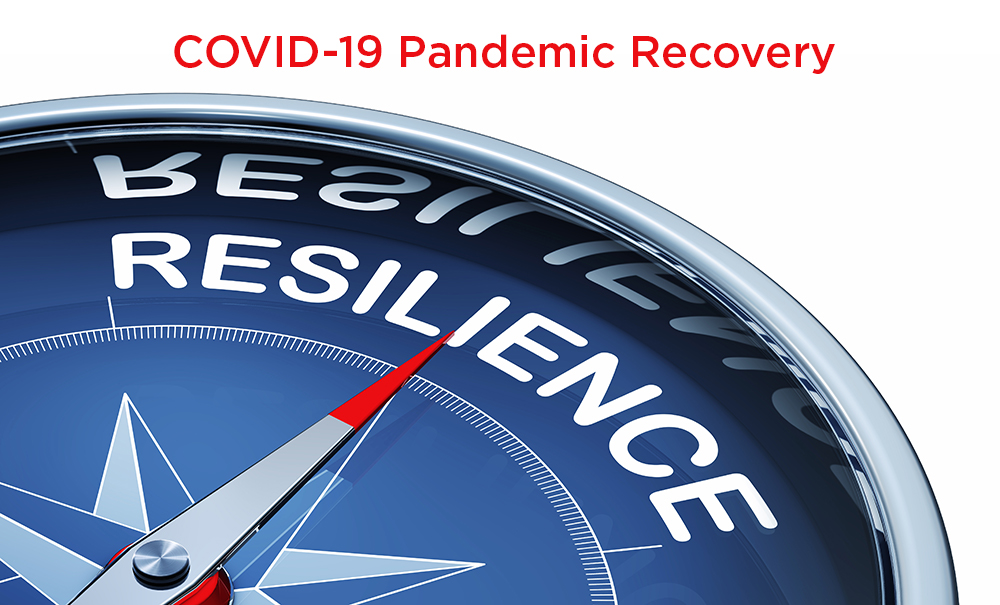Of the many lessons we can take from the current pandemic, perhaps the most decisive one is ensuring that our business operations are founded on resilience. Having business continuity and disaster recovery plans in place is half the battle. The British Standards Institution (BSI) BS 65000 – Guidance on Organizational Resilience defines organizational resilience as “a strategic objective intended to help an organization survive and prosper the ability to anticipate, prepare, respond and adapt … to minor everyday events to acute shocks and chronic or incremental change”. Here are some pointers on how to achieve organizational resilience that can boost business continuity, disaster recovery and ultimately, success:
1. It starts with business continuity and disaster recovery plans
3. Create a holistic resilience culture
Business has, for decades, been faced with a volatile, uncertain, complex, and ambiguous world where we must be prepared for almost anything. The magnitude of the COVID-19 pandemic is a good example of the slippery slope that we have to navigate (or try to avoid) to ensure business continuity. Of course, most business continuity and disaster recover plans have made provision for a pandemic, but were we really prepared for something on this scale? Let’s take a look below.
1. It starts with business continuity and disaster recovery plans
The primary goal of pandemic recovery-focused business continuity and disaster recovery plans is to develop, test and document a well-structured, streamlined and easily executable plan to help the company recover as quickly and effectively as possible from a disruptive event such as COVID-19 while simultaneously building enterprise resilience. Business continuity and disaster recovery plans realistically focus on known risks, but it is as important to recognize that crises rarely unfold according to plan. Good recovery planning should, therefore, be designed to be adaptable.
2. Practice makes perfect
One of the biggest mistakes is the fact that continuity and recovery testing exercises are often inconsistent or incomplete or both. It is not surprising then that those organizations with practiced business continuity plans managed better than those that either had no plans in place or had never rigorously tested and practiced them.
3. Create a holistic resilience culture
Considering the above two points we would be remiss not to recognize the impact of the workforce. It is, after all, the people who make the company and if the people don’t buy into the plans, they will become little more than background noise. However, resilience must come from the top and must be managed effectively to become ingrained in the way you do business.
We will undoubtedly learn many more lessons over the next few months but if one thing is crystal clear it is that the ability to adapt and recover from the unexpected will become a critical business skill.
Stage2Data’s business continuity-as-a-service solution provides an easy-to-digest business continuity planning and automation tool that not only streamlines business continuity planning but also enable organizations to envisage and prepare for disruptive events, understand the impact of change on business operations, and which actions to prioritize with a built-in pandemic response plan.
Ransomware Readiness:
An In-Depth Evaluation Guide
If you found this post interesting, you might enjoy these too:
How business leaders can manage the security risk of working from home during COVID-19
3 Best practices for remote workers to counter cybersecurity challenges



